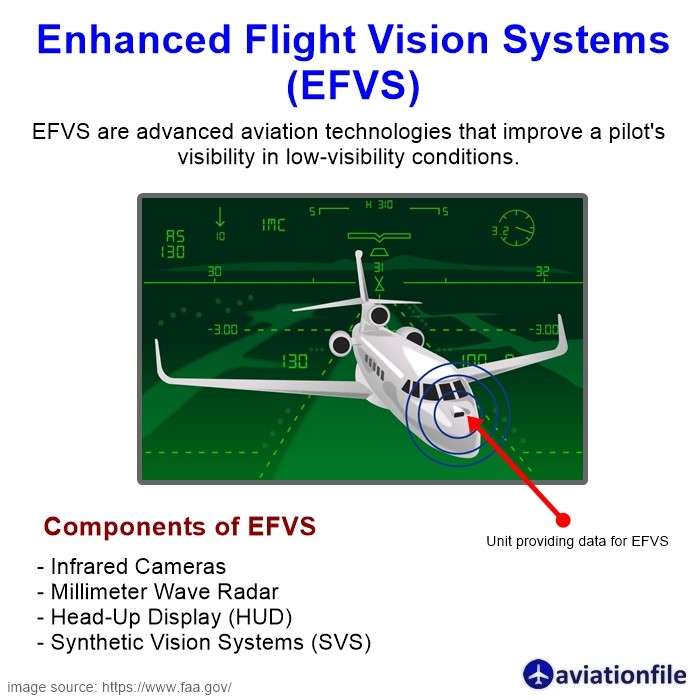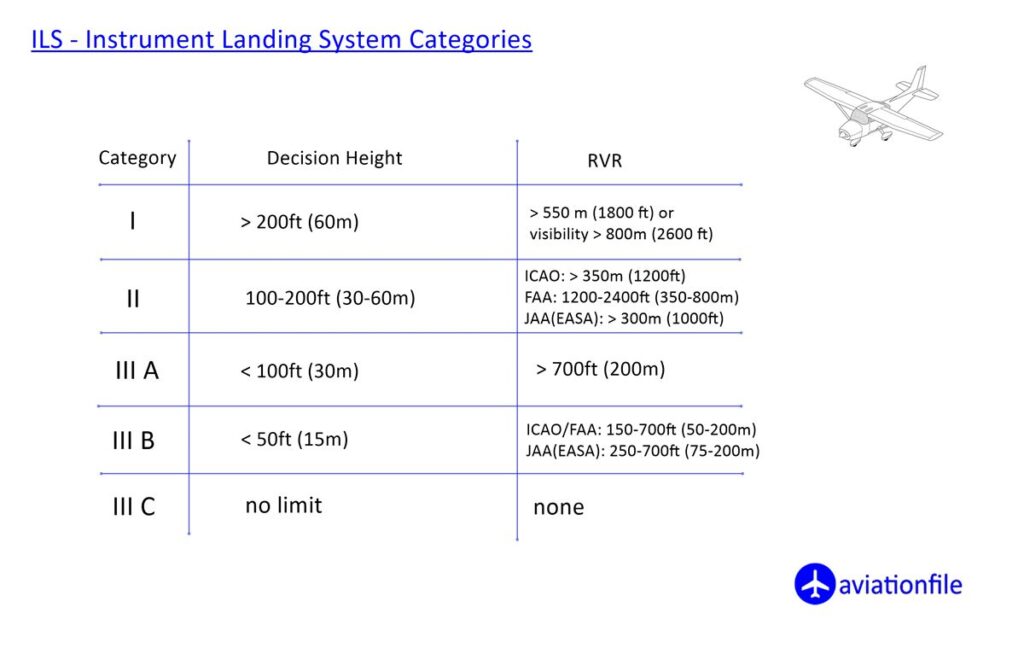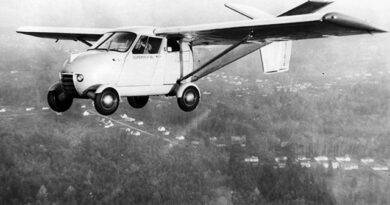Enhanced Flight Vision Systems (EFVS)
Enhanced Flight Vision Systems (EFVS) have revolutionized modern aviation. By providing pilots with a clearer view of their surroundings, EFVS enhances safety and efficiency. Let’s delve into what EFVS is, how it works, and its benefits for aviation.
What is EFVS?
EFVS stands for Enhanced Flight Vision Systems. It combines multiple technologies to improve a pilot’s situational awareness during flight, especially in poor visibility conditions. EFVS includes radar tech, sensors, cameras, and display systems to create a comprehensive visual representation of the aircraft’s environment.

How Does EFVS Work?
Sensors and Cameras
EFVS utilizes advanced sensors and infrared cameras. These devices capture images and data from outside the aircraft. Infrared cameras are particularly effective at detecting heat signatures, which is useful in low-light conditions.
Image Processing
The captured images are processed in real-time. This processing enhances the clarity and detail of the visual information. The system can highlight important features such as runways, terrain, and obstacles.
Display Systems
Processed images are displayed on the pilot’s Head-Up Display (HUD) or Head-Down Display (HDD). The HUD projects critical flight information onto a transparent screen in the pilot’s line of sight. The HDD provides additional details on the instrument panel. These displays help pilots maintain situational awareness without diverting their attention.
Benefits of EFVS
Improved Safety
EFVS significantly enhances safety by providing better visibility in challenging conditions. Pilots can see through fog, rain, and darkness. This capability reduces the risk of accidents during takeoff, landing, and taxiing.
Enhanced Situational Awareness
With EFVS, pilots have a more comprehensive view of their surroundings. The system helps identify hazards such as other aircraft, terrain, and obstacles. Enhanced situational awareness leads to better decision-making and increased safety.
Reduced Weather-Related Delays
EFVS allows aircraft to operate in adverse weather conditions. Pilots can land and take off in low-visibility situations that would otherwise cause delays. This capability improves flight schedules and reduces disruptions.

Regulatory Approvals
Many aviation authorities recognize the benefits of EFVS. The FAA and EASA have approved its use in certain conditions. These approvals enable airlines to adopt EFVS more widely, further enhancing aviation safety and efficiency.
Regulatory and Operational Framework: The FAA’s Advisory Circular AC 90-106B outlines the operational requirements for using EFVS, including the conditions under which it can be used and the necessary pilot qualifications. It specifies the procedures for using EFVS to descend to 100 feet above the touchdown zone elevation and to touchdown and rollout in low visibility conditions. This framework ensures that EFVS operations are conducted safely and in compliance with regulatory standards. source link.
Future of EFVS
The future of EFVS looks promising. Advances in technology will continue to improve the system’s capabilities. Integration with other aviation technologies, such as Synthetic Vision Systems (SVS), will create even more robust flight vision solutions. Continuous innovation will drive the adoption of EFVS across the aviation industry.
Conclusion
Enhanced Flight Vision Systems (EFVS) are transforming aviation. By improving visibility and situational awareness, EFVS enhances safety and operational efficiency. As technology advances, the adoption and capabilities of EFVS will continue to grow, benefiting pilots, airlines, and passengers alike.
References:


